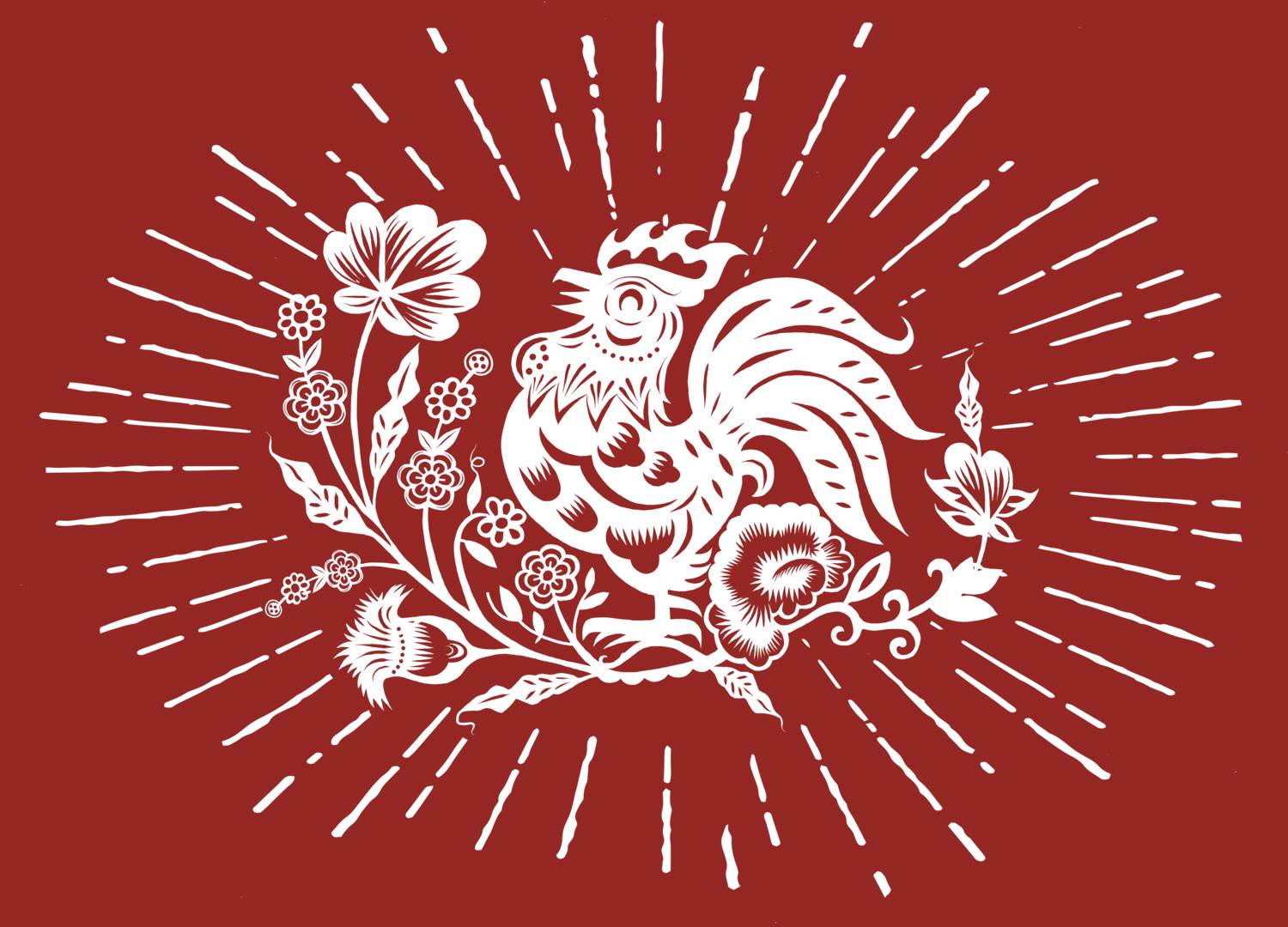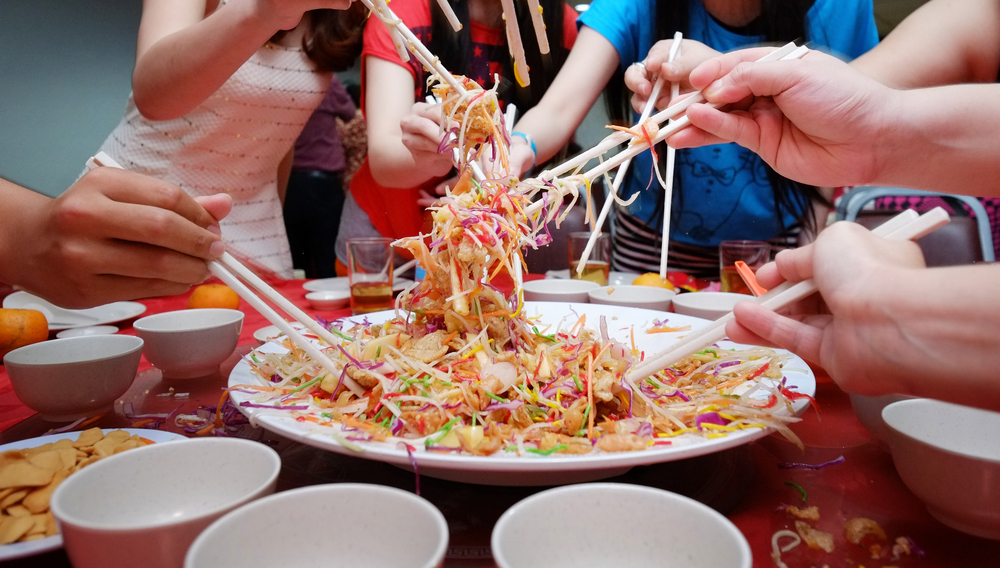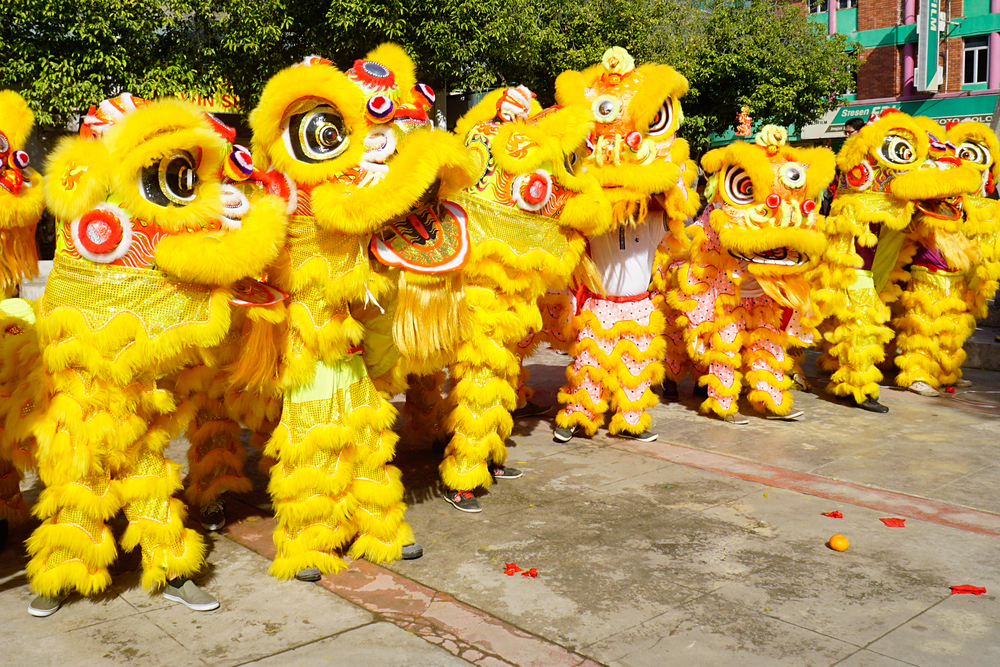I’m sure you’ve already noticed the Christmas trees and tinsel being replaced with Chinese New Year decorations such as lanterns and ang pows. At the end of January, we will say goodbye to the Year of the Monkey and usher in the Year of the Rooster as we celebrate the lunar new year in Malaysia, commonly known as Chinese New Year.
This cultural celebration is one of the biggest events in the country and it is the only time of the year you’ll see Chinese businesses shut down as the owners and workers travel back home to celebrate the season with their families.
Here are some Chinese New Year customs you should know about:
1. Red, red, red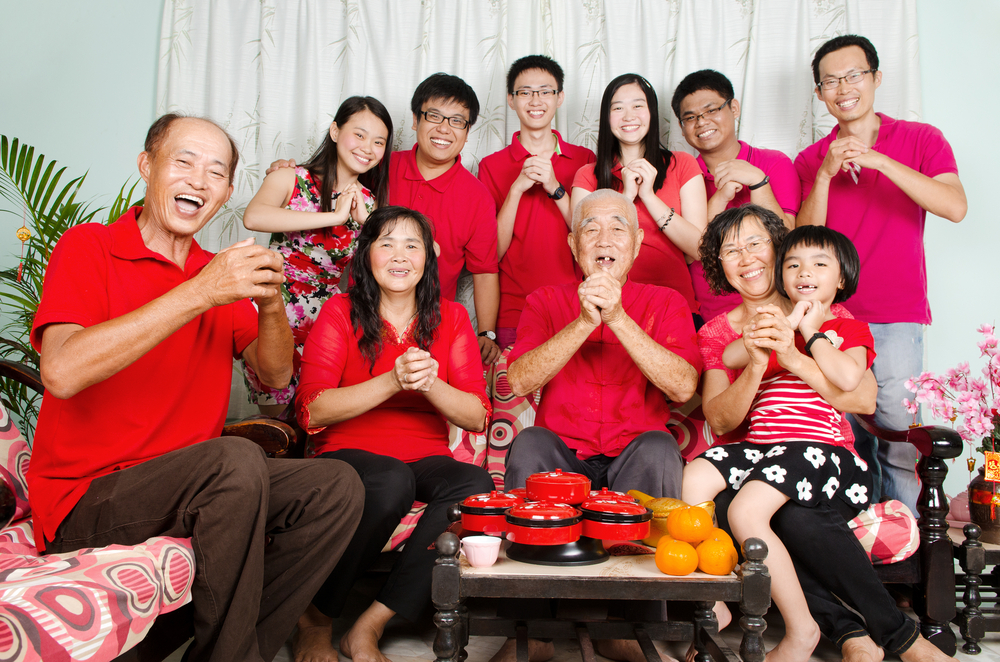
Traditionally a colour that symbolises happiness, red is present just about everywhere around Chinese New Year. From red ang pows to decorations, clothes, lanterns, and anything else that can be red.
The colour, which corresponds with fire, also symbolises good fortune and joy. So when ushering in the new year, the colour red is sprinkled everywhere in an attempt to invite prosperity, good fortune, and happiness.
2. Ang pow
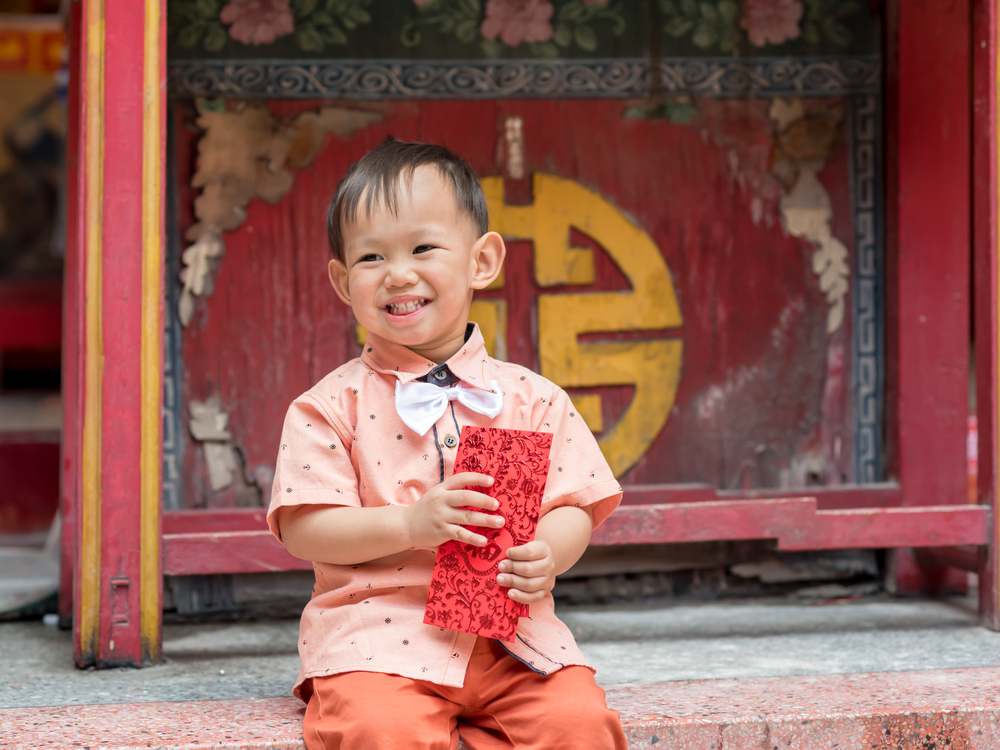
Speaking of red, the significance of an ang pow (money packet) is not just the money inside it, but the packet itself. Giving and receiving red packets symbolises giving and receiving well wishes and blessings for the new year.
It is given mainly by married adults to unmarried people including children. In Malaysia, the tradition is that once you’re married, you should start giving out ang pows. Ang pows are also given as wedding gifts to newly weds and as birthday gifts. It’s also believed that the giver also receives good luck for their generosity.
The birth of the tradition: keeping demons at bay
During the Qin Dynasty in China, coins threaded with red strings called yasui qian were given to children to ward off evil spirits. The coins were placed by the child’s pillow and it acted as an amulet to protect the children as they slept. Over time as the printing press came to be, the coins were replaced with red envelopes filled with money.
There is another version of the ang pow origin story: some claim that the ang pow dates back to the Sung Dynasty in China. A village, called Chang-Chieu, was being terrorised by a huge dragon-like demon, that could not be defeated. However, one young orphan armed with an heirloom weapon decided to take on the dragon. Miraculously, he was victorious and destroyed the demon. As a reward, the villagers and elders presented the young man with an ang pow filled with money.
3. Chinese New Year Eve reunion dinner
Considered the most important meal of the year for many, the new year’s eve dinner is when the entire family gathers together, including those who live very far away. It’s akin to Thanksgiving Dinner in the US.
Fish and dumplings are the main dishes as they signify prosperity and wealth. Another dish commonly eaten during CNY is niangao, a sticky rice cake. This cake symbolises improvement as ‘niangao’ sounds like ‘yearly higher’ in Mandarin.
One dish that is unique to CNY in this region (Indonesia, Singapore and Malyasia) is Yee Sang or Yu Sheng. It is a raw fish salad with lots of crunchy bits and vegetables. The salad is tossed high in the air by the entire family using chopsticks while shouting ‘Loh hey’ which means ‘Move upwards’. It represents the wish for better fortunes in the new year.
Yee Sang is so popular in Malaysia that is has been declared a Malaysian heritage food by the Malaysian Department of National Heritage. Also, you would have noticed an abundance of mandarin oranges every time CNY rolls around. Mandarin oranges are symbols of good fortunes because the name sounds like the word for ‘gold’ in Mandarin.
4. Firecrackers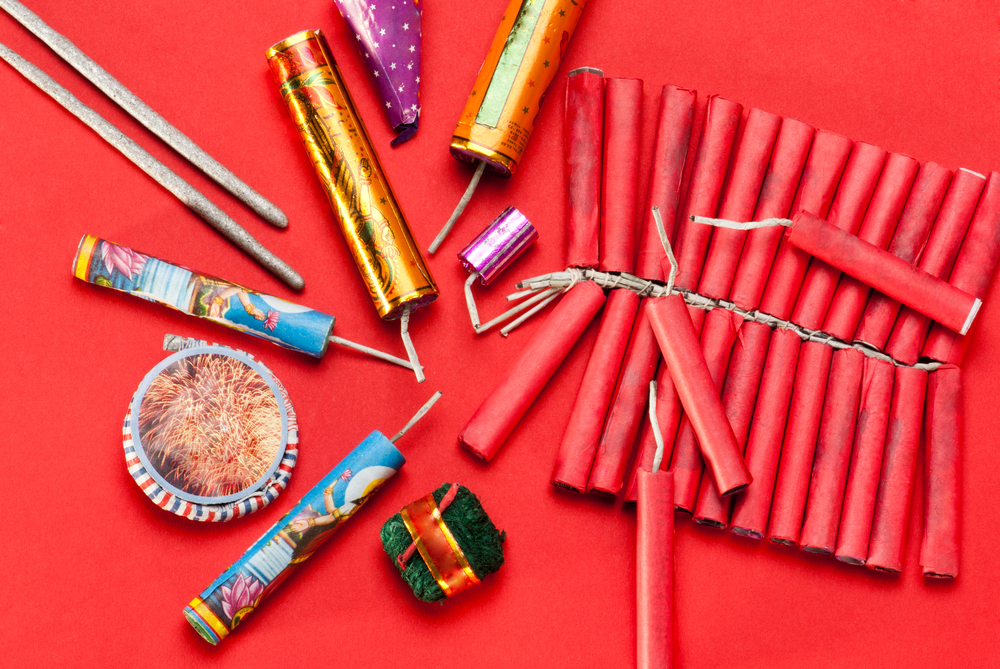
If for some reason you don’t hear firecrackers over Chinese New Year, you’ll definitely see remnants of them in the street the next morning: they’re small often red mini-explosives that make a loud bang. It’s common to light them in the street in the evenings leading up to and during CNY.
The birth of the tradition: defeating a dragon
According to legend, a dragon or monster called Nian would come out during New Years to eat villagers and wreak general havoc. One day as Nian was approaching an unsuspecting village, it was frightened by the cracking noises made by burning bamboo.
When the villagers discovered this, they use it as a way to keep themselves safe. As time went on and technology developed, bamboo was replaced with firecrackers. The traditional fire crackers are a long string of popping crackers that ends with a loud bang, an effective way to ward off bad luck and evil spirits.
5. Lion dance
The lion dance is closely linked to the origins of CNY celebrations. In the old days, the mythological Nian – which we know is afraid of cracking sounds – found a worthy challenger in a lion, which was the only animal that managed to wound the Nian.
Following an encounter between Nian and a lion, villagers would dance around and mimic the movements of the lion to scare of Nian. Subsequently, the dance is performed as a way to usher in good fortune and ward off evil.
6. No cleaning on first day of Chinese New Year
Just before CNY, families thoroughly clean their homes to get rid of negative energy and bad luck that still lingers from the past year. On the first day of the New Year, no cleaning will be done at all because it’s believed that you will wash away all the good luck that the new year is bringing in. This tradition is basically Chinese spring cleaning with a twist.
We wish you health, wealth, and prosperity
As is evident from the traditions of CNY, the event is all about starting with a clean slate and ushering in good luck, values, and blessings for the new year. So when you celebrate CNY this year, you can enjoy the festivities with a little more understanding and appreciation of the customs.
Here’s to a prosperous and auspicious new year!
"ExpatGo welcomes and encourages comments, input, and divergent opinions. However, we kindly request that you use suitable language in your comments, and refrain from any sort of personal attack, hate speech, or disparaging rhetoric. Comments not in line with this are subject to removal from the site. "


